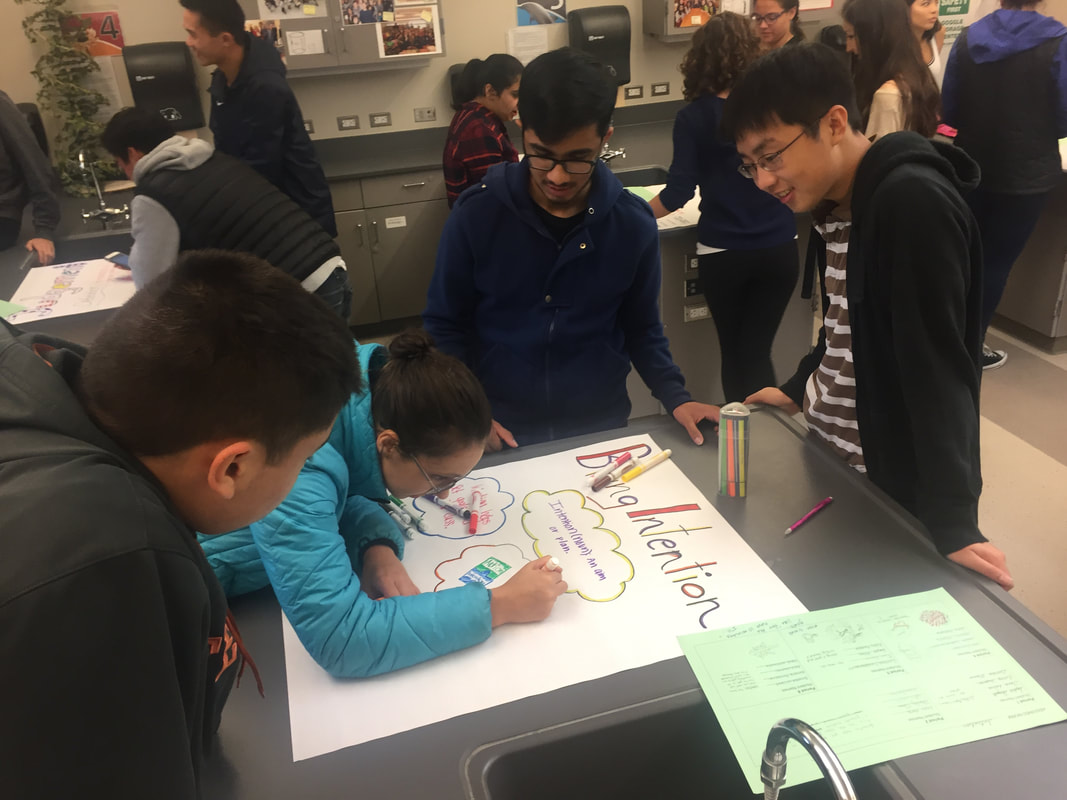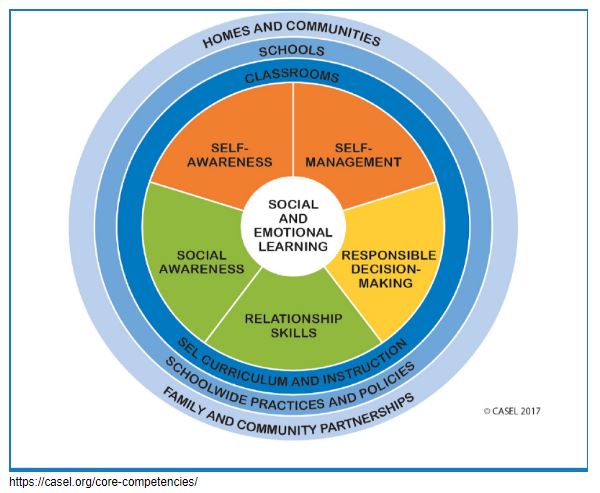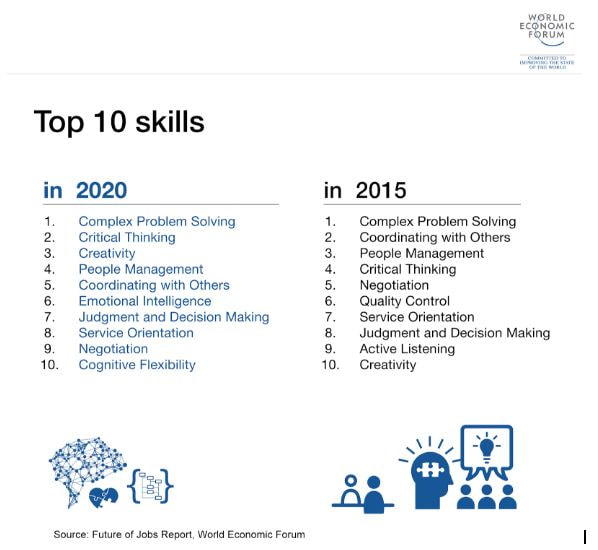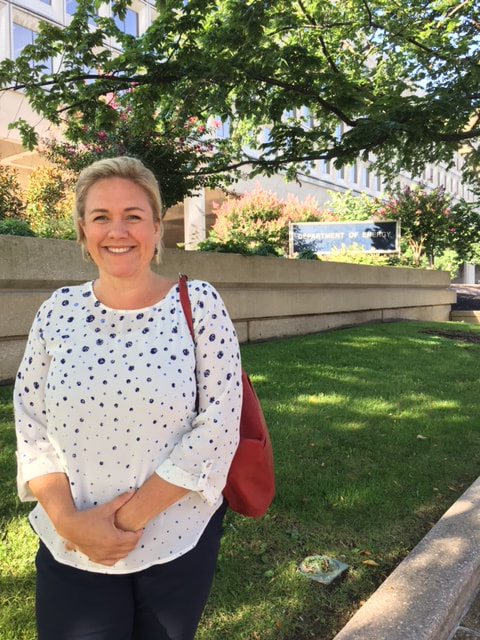|
I can tell I miss classroom teaching, because I’ve already begun thinking about my lessons for the beginning of the school year! In any typical year, June would bring desperation for a break; but this year I am actually feeling a bit of excitement about returning to the classroom in the fall. The beginning of the school year is such a period of optimism; grand plans for what will be taught, who the students will become and a year full of engaging and effective lessons. It’s a vision that rarely is met by reality, but is motivating nonetheless. At the beginning of the school year I dedicate a significant amount of class time to establishing class norms and creating a community culture of learning and respect. I invest this time because I believe that the social and emotional learning of my students is as important as their learning of biological content. I want my students to develop skills and habits of mind that will lead them towards a life of impact, well-being and decency in treatment of others. As I state in my teaching philosophy, I know that as a classroom teacher, I have a vital role in providing a safe, healthy and welcoming learning environment so that my students can maximize their academic and social potential. Social and Emotional learning is riding an education wave in the United States, with schools, districts, states and the federal government all creating and/or implementing strategies that focus on a “whole child” approach to education. The Collaborative for Academic, Social, and Emotional Learning (CASEL) is the world’s leading organization advancing this approach to education. While attending the ASCD legislative advocacy workshop (which I previously wrote about here), I was lucky enough to attend a keynote session featuring Tim Shriver, who is on the Board of Directors of CASEL, is the chairman of the Special Olympics and happens to be the nephew of a former US president. Most importantly, Tim Shriver is a former classroom teacher with a PhD in education. During his presentation, Dr. Shriver stated that, “These times are volatile, uncertain, complex and ambiguous.” I was reminded that it is difficult for children to learn, growth and development within a doom and gloom culture. Teachers must utilize the power of hope and resiliency within our classrooms and one way to do that is to empathize and connect with kids and what they are experiencing. Using lyrics from the Hamilton musical as a metaphor, Dr. Shriver encouraged the teachers and principals in the audience to not “throw away our shots” at making a difference and connecting with kids because “history has its eyes on you!” I know that we can win I’m young, scrappy and hungry Historically, there has been a “leave your problems behind, enter this classroom to learn…” kind of mentality around social and emotional learning. That somehow the teacher in a classroom had the power to flip a switch in the student’s brains to force learning. Um...NO. That’s not how the brain works. It is impossible to compartmentalize the social and emotional development of children apart from their intellectual development. Social, emotional and academic domains are deeply intertwined in the brain and during the learning process. Social connection and emotion drive attention and attention drives learning. So what can be done? There are a plethora of boxed curriculums and instructional techniques to facilitate social and emotional learning. For me however, the most important thing a teacher can do is make an effort to connect with with individual kids. Research by Linda Darling-Hammond, emeritus professor at Stanford and principal of the Learning Policy Institute, shows that teachers who hoan their own social and emotional competencies have more positive relationships with students and peers and are better able to create academically supportive classroom environments that engage students more deeply in learning. Makes sense, because think about it… Nothing matters more than the relationships in your life. Not money. Not your job. Not your health. Relationships. 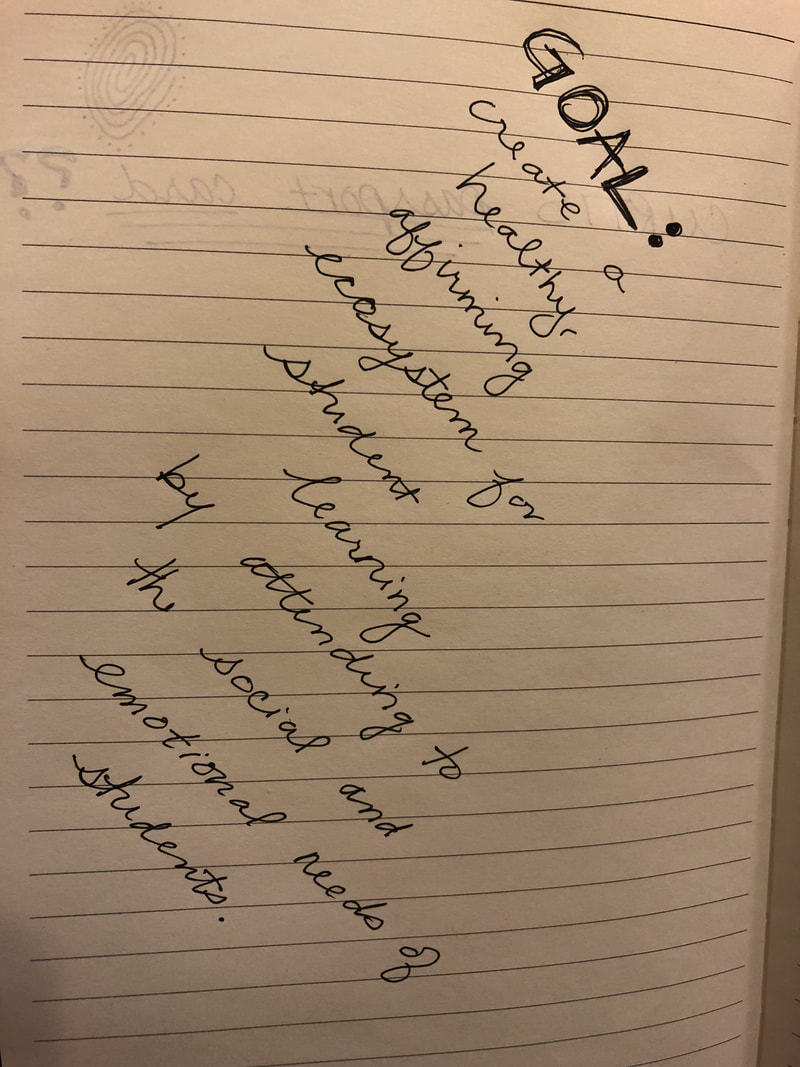 A page of my notes from Dr. Shrivers talk. A page of my notes from Dr. Shrivers talk. In addition, schools that have a SEL focus have significantly increased academic performance, decreased risk of failure and increased attendance rates. A focus on SEL does not need to come at the expense of content curriculum. It’s not either-or. Rather it is a choice for providing a high quality education or to have indifference to the facts. For those who feel that social and emotional learning doesn’t belong in a classroom, HOLD UP! Don’t we want to produce graduates that are employable? Isn’t workforce development a priority of schools? Well, guess what! Social and emotional learning increases employability! In fact, the Futures of Jobs report by the World Economic Forum includes top skills that are social and emotional competencies. SEL includes the ability to think critically and solve problems, communicate effectively, collaborate and resolve conflict and be a lifelong learner, all skills that will be vital for the future workforce.
|
Archives
July 2018
|
I give many of my IB Biology resources away, for the benefit of students and teachers around the world.
If you've found the materials helpful, please consider making a contribution of any amount
to this Earthwatch Expedition Fund.
Did I forget something? Know of a mistake? Have a suggestion? Let me know by emailing me here.
Before using any of the files available on this site,
please familiarize yourself with the Creative Commons Attribution License.
It prohibits the use of any material on this site for commercial purposes of any kind.
If you've found the materials helpful, please consider making a contribution of any amount
to this Earthwatch Expedition Fund.
Did I forget something? Know of a mistake? Have a suggestion? Let me know by emailing me here.
Before using any of the files available on this site,
please familiarize yourself with the Creative Commons Attribution License.
It prohibits the use of any material on this site for commercial purposes of any kind.

